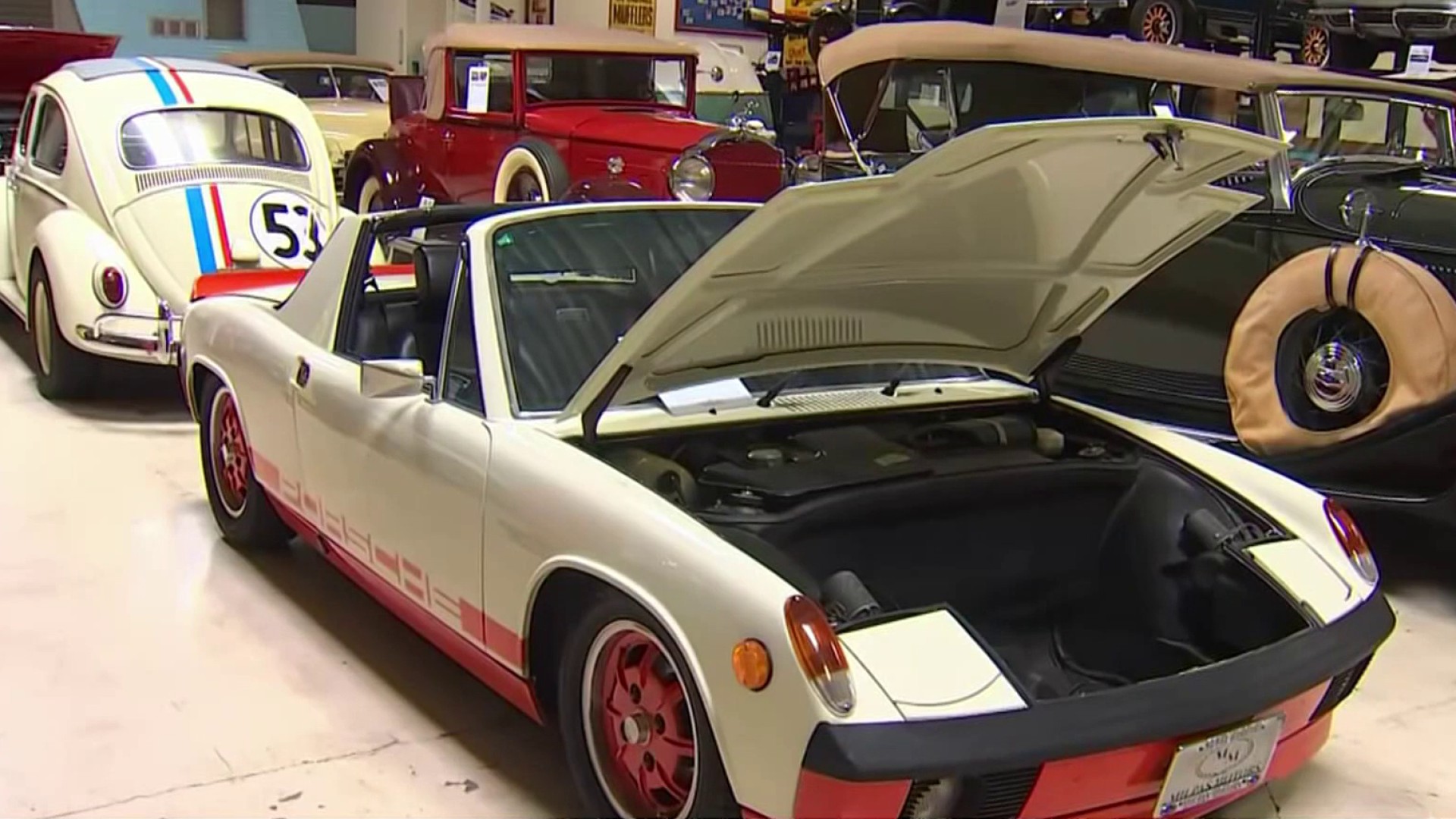The Los Angeles Department of Water and Power (LADWP) is testing water pipes that have been very successful in Japan, even following major earthquakes.
Los Angeles is in a constant state of repairing water pipes, with its aging and corroding 7000 mile network suffering breaks each and every day.
With so many bursts occurring on a typical day, concerns are growing about what will happen in the event of a major earthquake.
It is widely agreed that replacing LA’s water pipes is a massive, but critical undertaking.
"This is one of the most important, if not the most important thing that we should be doing for the city of Los Angeles," LADWP earthquake engineer Dr. Craig Davis said.
"You can get by without power if you need to, you can get by without natural gas, but you have to have water," Davis added, noting water is "absolutely essential" to daily life.
The Northridge Earthquake in 1994 had 15 seconds of shaking, resulting in almost 1,100 burst pipes. That translates to more than year’s worth of breaks, costing more than $40 million dollars in repairs, and leaving some residents without water for almost 2 weeks.
Northridge was a magnitude 6.7 quake, but experts continually warn "The Big One" will be even more powerful.
Local
Get Los Angeles's latest local news on crime, entertainment, weather, schools, COVID, cost of living and more. Here's your go-to source for today's LA news.
"The Big One" refers to a rupture along the San Andreas Fault, a potential 7.8 magnitude megathrust quake, with up to two minutes of shaking.
"We expect 2-3 thousand breaks or even more," Davis said, regarding the fallout from that kind of quake.
Those breaks represent pipes in local neighborhoods. If our aqueducts are damaged during a San Andreas quake, 70-80% of all the imported water to Southern California would be cut off, effecting nearly 20 million people for an unknown amount of time.
"This is a big problem and that is a huge vulnerability that we have," Davis said.
But there are options for improving the outlook because of a pipe that is currently available that could withstand a major quake which has been very successful for over 40 years in Japan, a country which has both more extreme seismic activity than SoCal.
In March 2011 a 9.0 quake rocked Japan, and while the tsunami that followed covered the island nation in water, there was no reports any leaks underground.
Davis says it the pipes design that makes that the difference.
Designed by the Kubota Corporation and manufactured in Japan, it provides more space at the joint so there is room for the parts to move.
LEARN MORE ABOUT HOW THESE PIPES WORK
Davis, who has been advocating for these pipes for years, believes they could last up to 200 years in some cases, and is currently overseeing a pilot project testing them at five vulnerable locations across LA.
The first place outside of Japan where the pipe is being tested is along Contour Driver in Sherman Oaks, and after a year there have been no issues.
"Not only have we not seen any problems but the method of installation is much smoother than with other pipes," Davis said.
The next test site will be at Roscoe and Reseda, alongside Northridge Hospital, near the epicenter of the Northridge Quake. That installation is expected to begin next week.
But it will be years before testing is complete and a final decision is made about using this pipe across the county, and even if gets the go-ahead it will take a very long time to replace problematic pipes.
"You can’t replace all of our pipes at once. It literally takes hundreds of years to replace all of this pipe," Davis said.
And of course, there is a price, but Davis stresses the increase is a small portion of the project. "The material cost is actually 3 times more than what we normally pay but is only 4 percent of the entire project cost," Davis said.
But in a region as earthquake prone as Southern California, and given the life-saving need for water, the LADWP official insists – the time is now.



